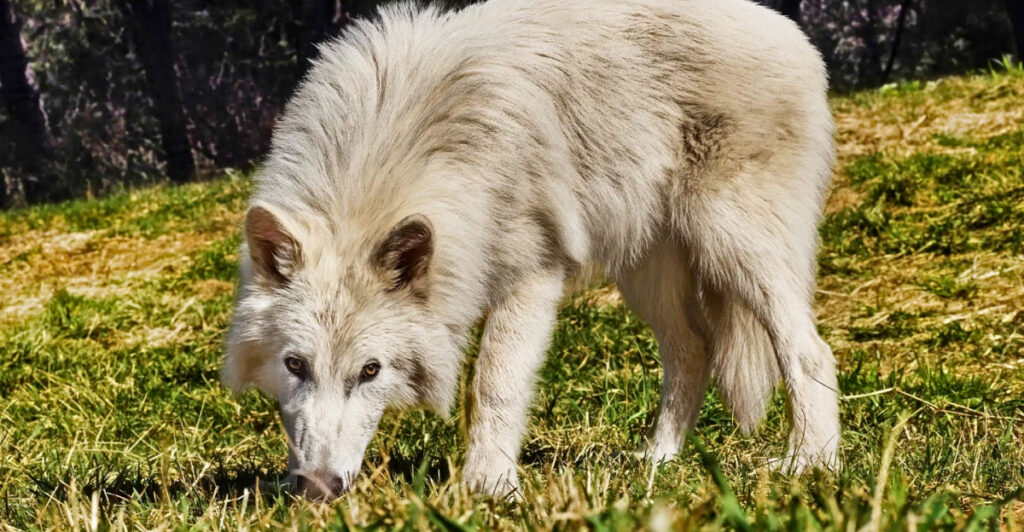
Colossal Biosciences’ claim that the long-extinct dire wolf has been brought back to life through genetic modification has sparked significant debate. Dire wolves, extinct for over 10,000 years, were closely related to but distinct from modern gray wolves.
Using ancient DNA samples, Colossal planned to alter the DNA of gray wolves to closely match that of dire wolves. However, experts have said that those genetically altered pups are not really dire wolves since they are just modified gray wolves with superficial similarities.
This distinction is crucial when determining the nature of their achievement and highlights the complexities of de-extinction. The process raises questions about what constitutes a species and the ethics of genetic engineering.
The History of Dire Wolves
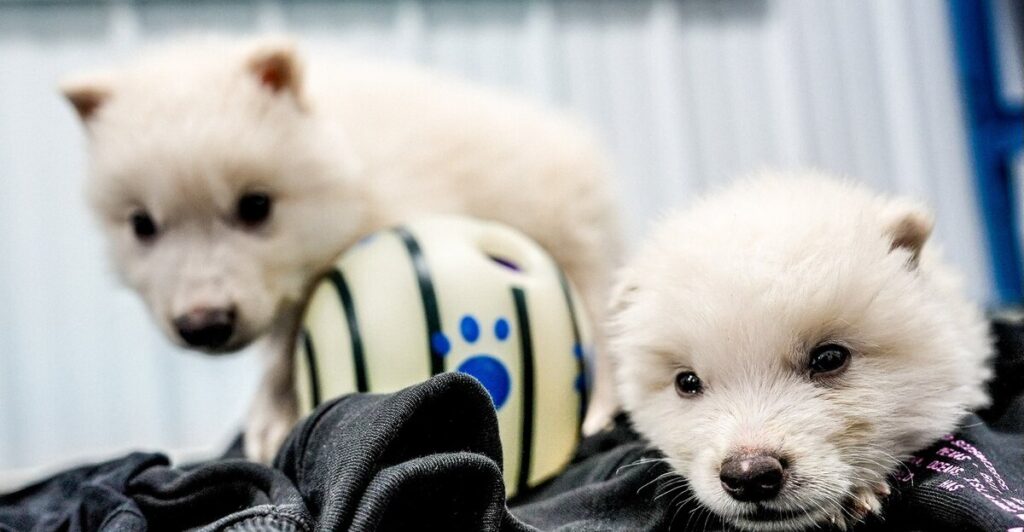
Dire wolves (Aenocyon dirus) were incredibly large and powerful canines that roamed across North America until their extinction approximately 10,000 years ago. They gained popularity through their depiction in media, such as the Game of Thrones series.
Although similar in appearance to gray wolves, dire wolves are genetically distinct, having shared a common ancestor with gray wolves over six million years ago. This genetic divergence makes it clear that you cannot define a species based purely on physical traits.
The historical context of dire wolves underscores the challenges in reviving extinct species, as their ecological niches have been filled by other species over time. Understanding their evolutionary history will be vital for any de-extinction.
The Genetic Differences Between Gray and Dire Wolves
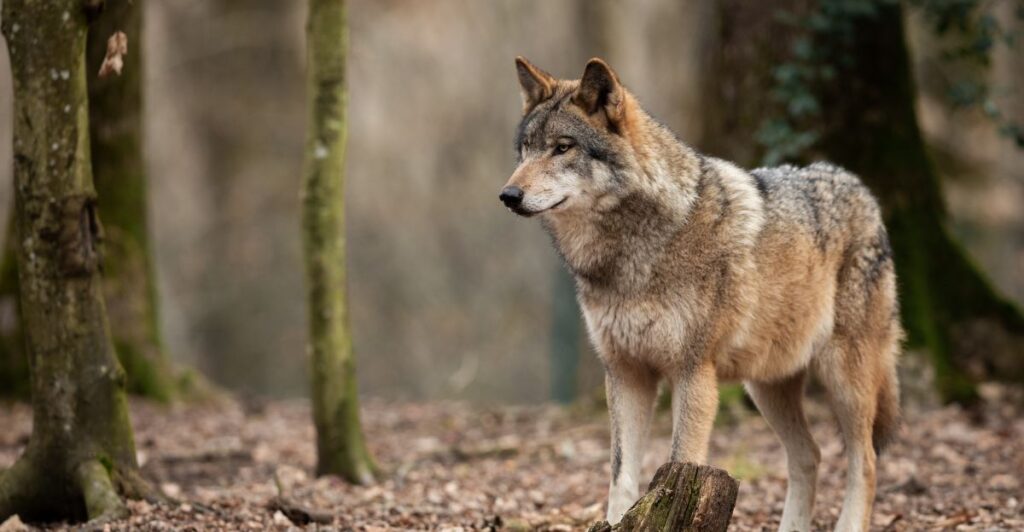
Gray wolves and dire wolves share about 99.5% of their DNA, leaving millions of base pairs of differences in their genomes. Colossal Biosciences genetically edited just 20 genes to create the pups, five of which were aimed at producing light coats, a trait not exclusive to dire wolves.
This limited amount of genetic modification prompts the question of whether these animals are genuine examples of the extinct species. The genetic differences between gray and dire wolves are significant enough to classify them as distinct species, clearly indicating that surface features do not equate to genetic restoration. The complexity of their genetic makeup underscores the challenges in accurately replicating an extinct species through genetic engineering.
The De-Extinction Process

Colossal Biosciences used ancient DNA extracted from a 13,000-year-old tooth and a 72,000-year-old skull to guide their genetic modifications. They took blood cells from a gray wolf, edited them, and then transferred the modified DNA into egg cells from domestic dogs, which were then carried to term by surrogate mothers.
Although innovative, this process doesn’t fully replicate the genome of the original dire wolf. The use of surrogate mothers and the editing of existing wolf DNA highlight the limitations of current de-extinction technology.
It also raises ethical questions regarding the manipulation of living organisms for scientific purposes. The process demonstrates significant advancements in genetic engineering but falls short of true species revival.
Challenges in Species Definition
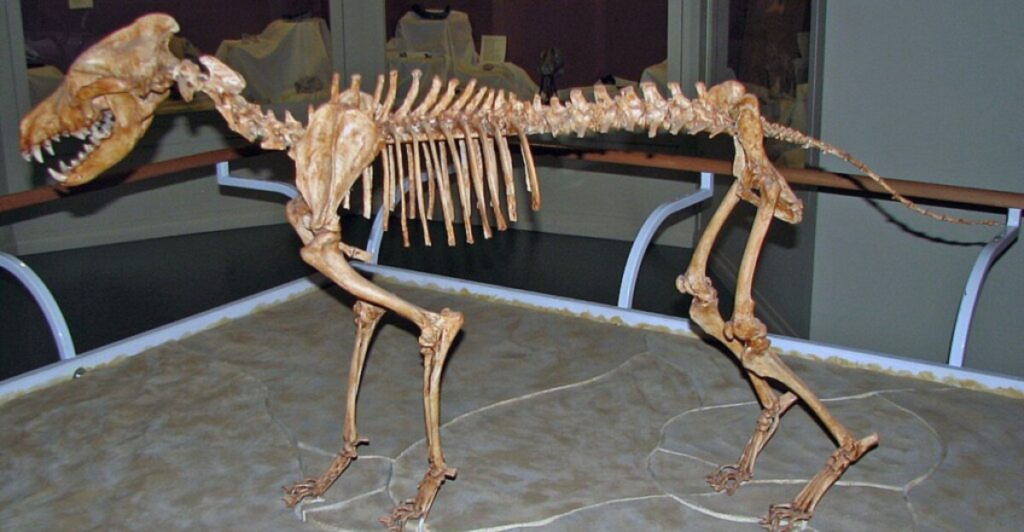
Species classification is a human construct, and different concepts (morphological, phylogenetic) can lead to varying definitions. This approach relies on morphological similarities to justify calling genetically modified pups dire wolves.
However, this method is subjective and does not align with the more rigorous phylogenetic classification, which emphasizes evolutionary relationships.
The debate about species definition highlights the complexity of de-extinction efforts, as it challenges the notion of what constitutes a species. This ambiguity can result in confusion and misinterpretation of scientific accomplishments, emphasizing the need for clear and consistent classification methods in scientific discourse.
Implications for Conservation and Ethics
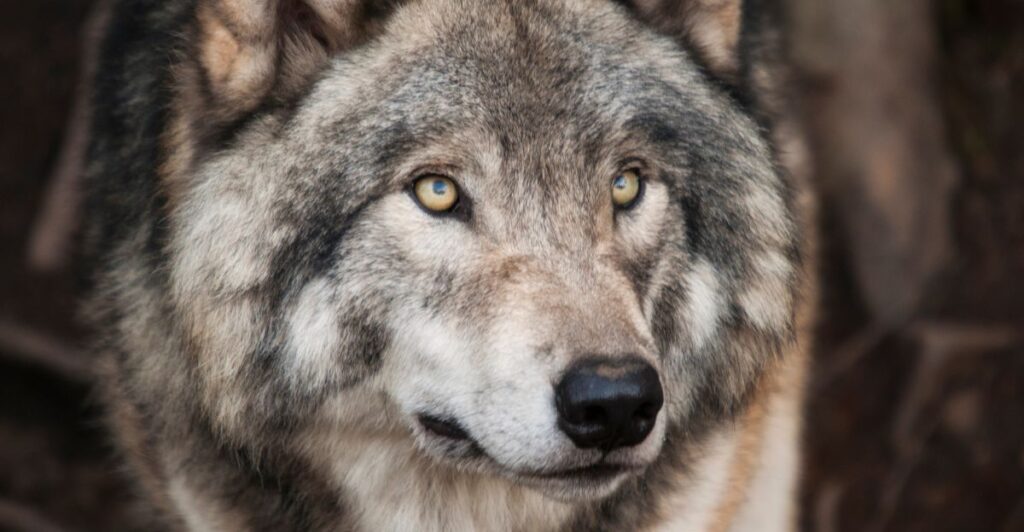
The creation of these genetically modified wolves raises ethical and conservation questions. While Colossal claims it wants to pursue de-extinction in pursuit of conservation, critics contend such efforts could detract from protecting endangered animals.
While the pups are raised in an environment free from potential breeding, which further restricts their ecological impact, it also highlights their status as subjects of experimentation rather than reintroduced species,
There are many ethical implications of manipulating species for potential conservation benefits. It becomes essential to weigh the potential benefits against the risks to ensure that such efforts align with broader conservation goals.
Historical Precedents in De-Extinction
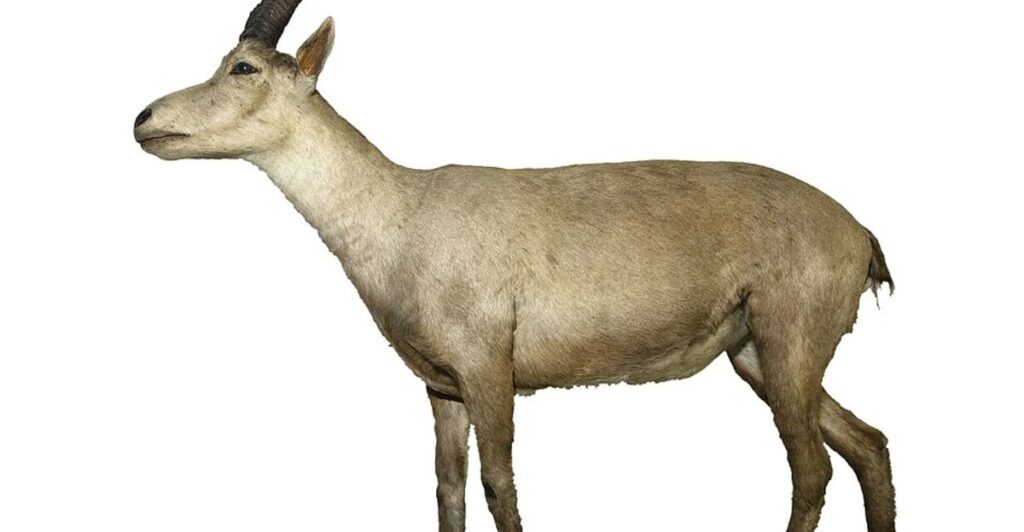
Previous attempts at de-extinction, such as the cloning of the Pyrenean ibex in 2003, have been met with limited success. The cloned ibex died shortly after being born, exemplifying the difficulty in bringing extinct species back to life.
Colossal’s accomplishment, significant as it is, does not overcome these fundamental obstacles. Historical precedents show that de-extinction faces technical and biological hurdles — ranging from genetic instability to the absence of suitable habitats.
These examples highlight the importance of caution and rigorous scientific validation in de-extinction efforts to ensure that they are both feasible and ethically sound.
Public Perception and Media Influence

The revival of the dire wolf has captured public interest, particularly due to its popularity in media such as Game of Thrones. The enthusiasm, however, can obscure the scientific nuances involved.
The names given to the pups (Romulus, Remus, and Khaleesi) reflect this cultural influence, blurring the lines between science and entertainment.
This can lead to misconceptions about the capabilities and implications of de-extinction technology, emphasizing the need for clear communication between scientists and the public to ensure a balanced understanding of such achievements.
Potential Pitfalls
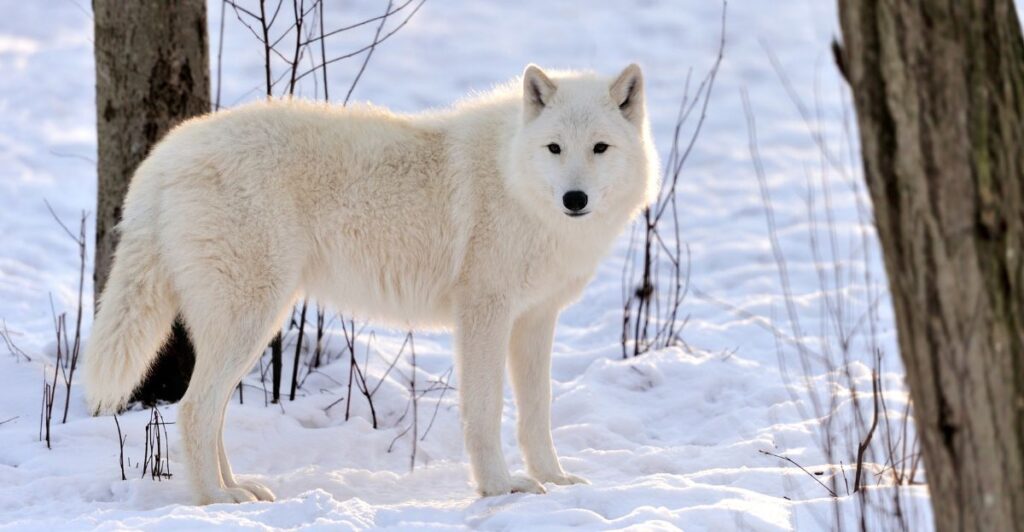
As de-extinction technology advances, there’s a risk of misusing it for entertainment or commercial purposes instead of genuine conservation. Furthermore, the lack of transparency and peer review surrounding Colossal’s claims has implications for the scientific integrity of their methods as well.
Future endeavors should prioritize scientific-backed assessment and ethical considerations. It is crucial to establish stringent guidelines and regulations to prevent misuse and ensure that appropriate technologies can have a positive impact on the environment. Promoting collaboration between scientists, policymakers, and the public, can help align expectations with the realities of de-extinction.
Dire Wolves or Not?
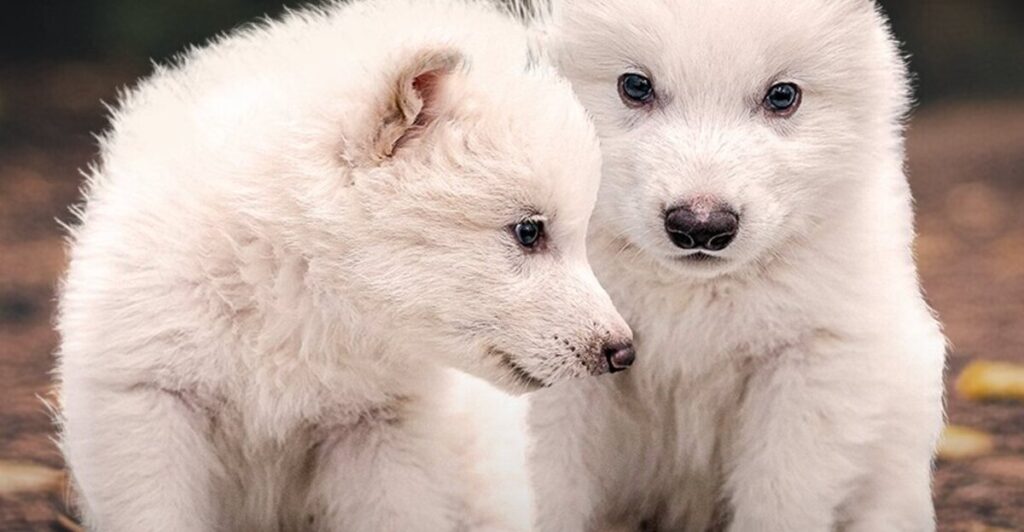
In summary, Colossal Biosciences has achieved an impressive feat with genetic engineering, yet it is incorrect to claim they have truly resurrected the dire wolf. The pups are genetically enhanced gray wolves that have some physical traits reminiscent of the dire wolf.
It’s important to make this distinction in understanding the limitations and potential misuse of de-extinction technology. As science continues to push boundaries, it is essential to maintain a clear distinction between scientific achievement and the revival of extinct species.
The debates surrounding Colossal’s achievement highlight the need for nuanced discussions about the ethics and implications of genetic engineering and de-extinction efforts.
Explore more of our trending stories and hit Follow to keep them coming to your feed!

Don’t miss out on more stories like this! Hit the Follow button at the top of this article to stay updated with the latest news. Share your thoughts in the comments—we’d love to hear from you!







